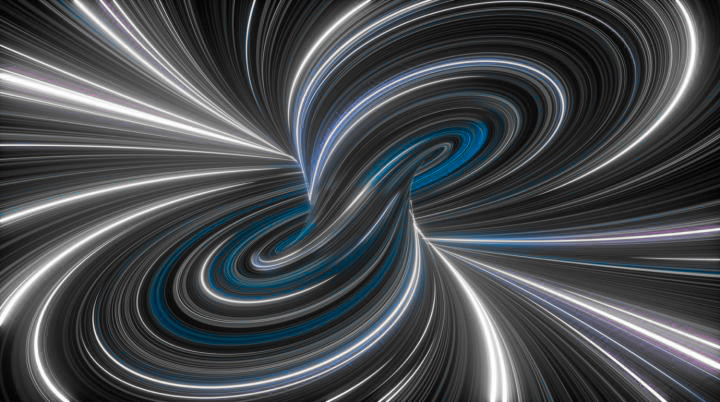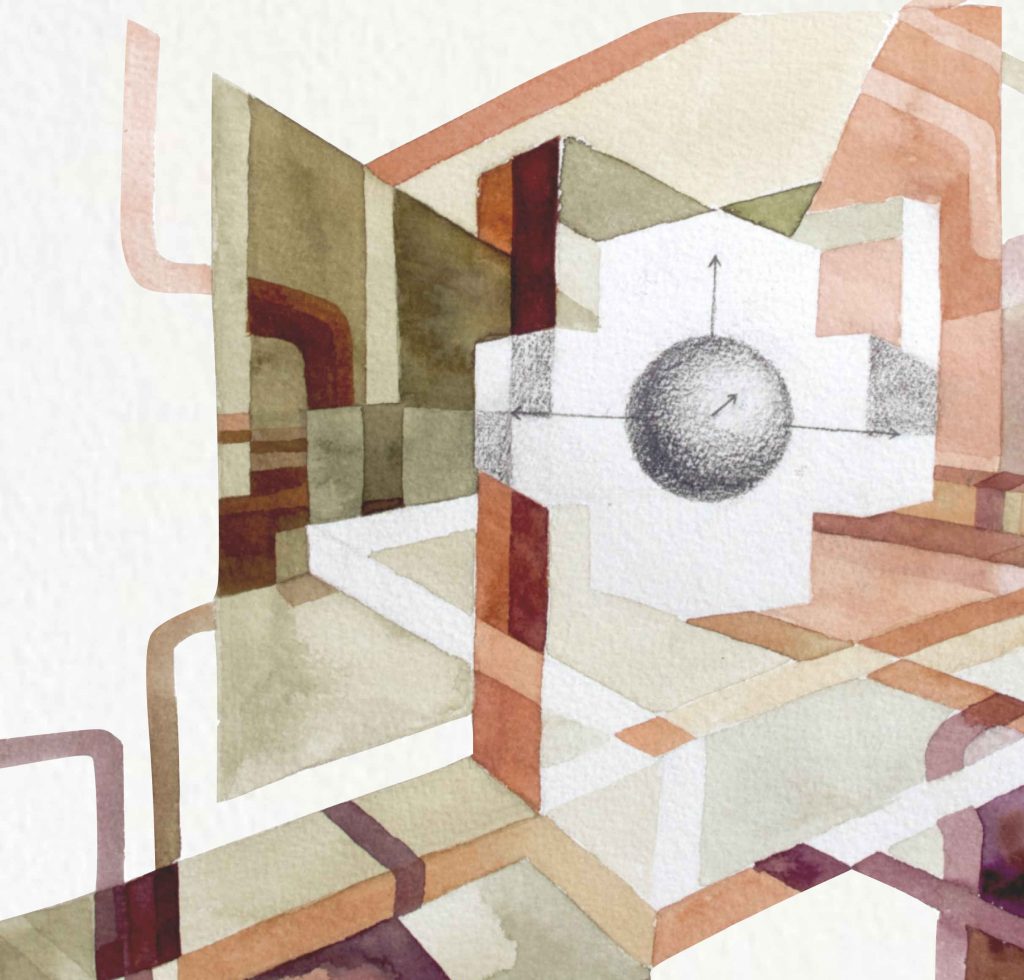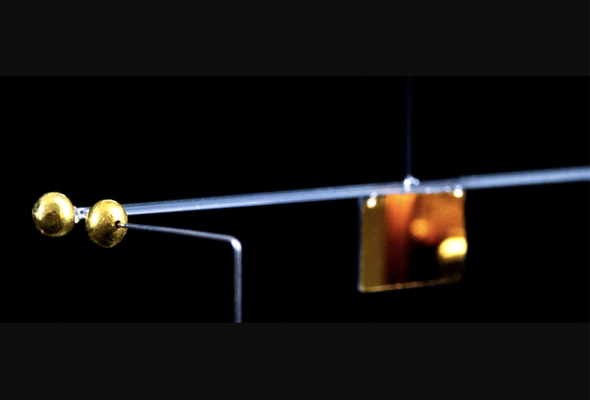The relational approach to quantum states asserts that the physical description of quantum systems is always relative to something or someone. In relational quantum mechanics (RQM) it is relative to other quantum systems, in the (neo-)Copenhagen interpretation of quantum theory to measurement contexts, and in QBism to the beliefs of the agents. In contrast to the other two interpretations, in RQM any interaction between two quantum systems counts as a “measurement”, and the terms “observer” and “observed system” apply to arbitrary systems. We show, in the form of a no-go theorem, that in RQM the physical description of a system relative to an observer cannot represent knowledge about the observer in the conventional sense of this term. The problem lies in the ambiguity in the choice of the basis with respect to which the relative states are to be defined in RQM. In interpretations of quantum theory where observations play a fundamental role, the problem does not arise because the experimental context defines a preferred basis.



